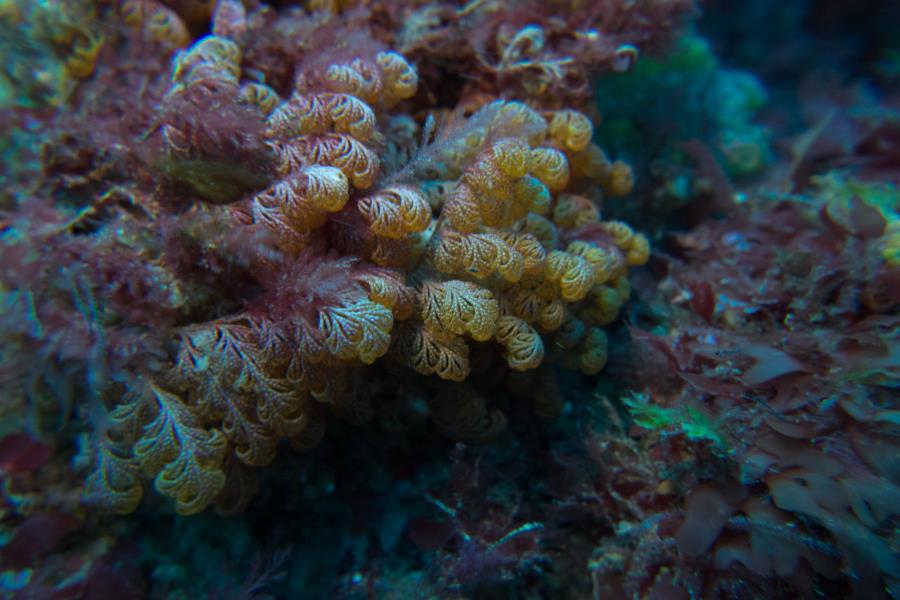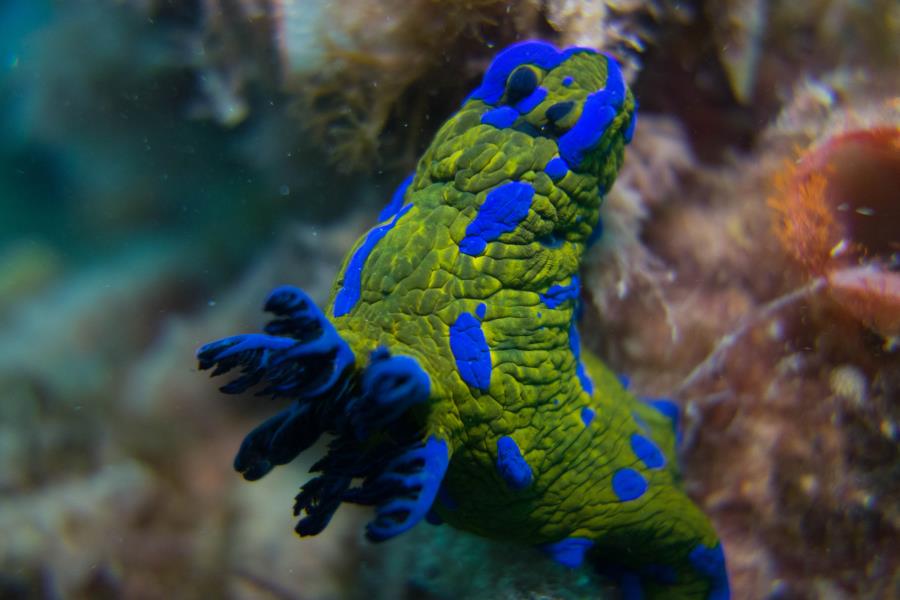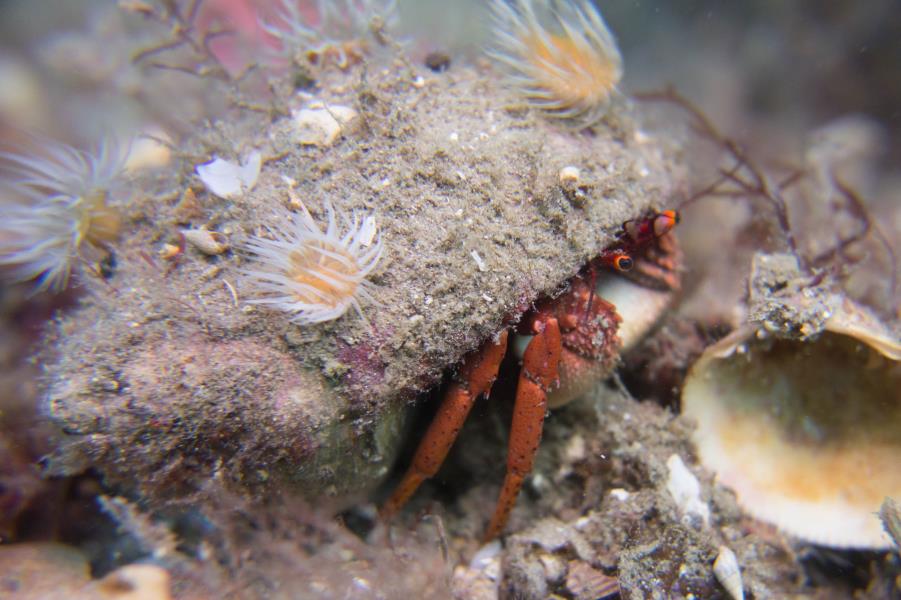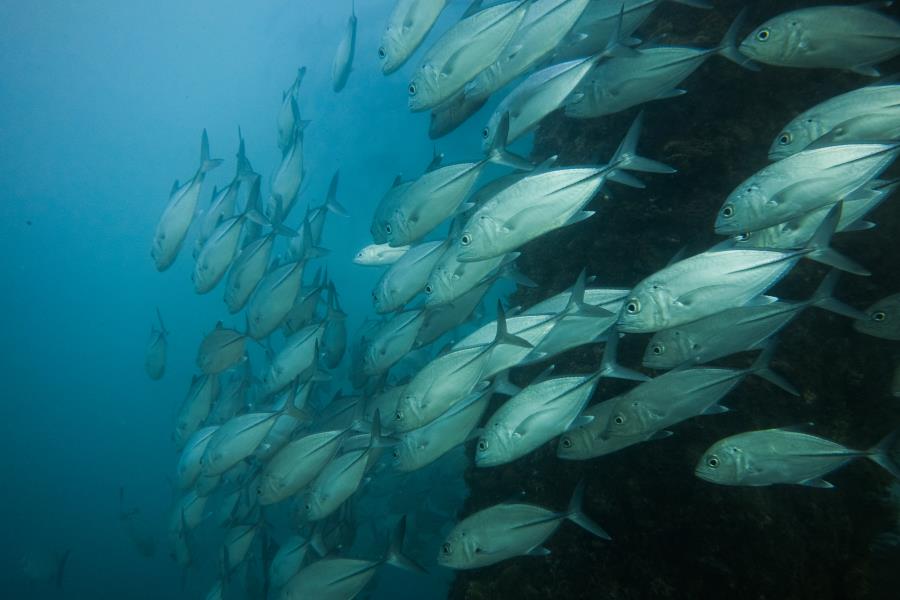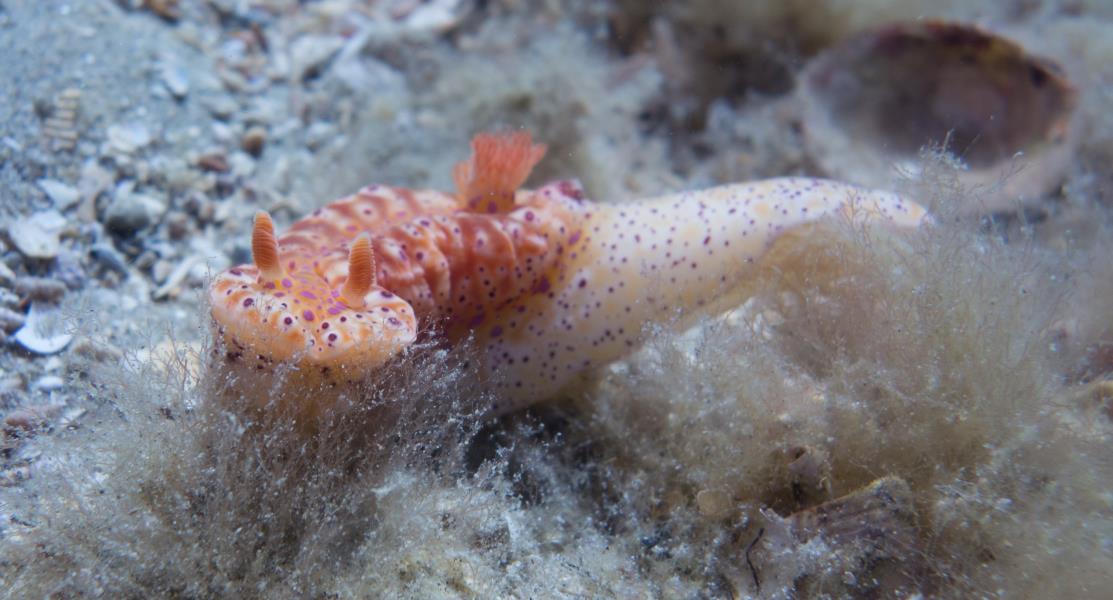 Scuba Diving Australia
Scuba Diving Australia
666 Dive Sites 230 Dive Shops 61 Dive Logs
Part 1: Overview of Scuba Diving in Australia
Australia, a country that covers an entire continent, has a lot of excellent opportunities for diving. Stretched out in the Coral Sea, just off the coast of Queensland lies the Great Barrier Reef. As the world’s largest coral reef, this structure is composed of more than 2,900 individual reefs and is approximately 2,600 km long. Cairns, located in northern Queensland, is the gateway to the Great Barrier Reef. This area has a tropical climate and diving all through the year. Water temperature ranges between 24 and 30 degrees Celsius in winter and summer respectively.
Less people are familiar with the Ningaloo reef on the west coast of Australia, a fringing reef surrounding the North West Cape. Diving Ningaloo reef offers plenty of beautiful reef dive sites and a chance to see some large marine life, as well as over 200 of other species. Ningaloo Reef diving is possible with dive centers in Coral Bay and Exmouth. Both towns have small airports with connections to Perth. While diving here goes on year-round, water temperatures are lower than the Great Barrier Reef and vary between 18 and 22 degrees Celsius.
Large cities like Sydney, Perth and Melbourne boast a surprising amount of dive sites. Jetty dives are popular in Melbourne, Adelaide, and Perth, and bring divers up close and personal to marine critters like the Leafy and Weedy Seadragon, nudibranchs, shrimp, and plenty of fish.
Diving Sydney Harbor is surprisingly varied. The city boasts an incredible number of dive sites, unknown to any other city of comparable size. Sydney, Melbourne and Perth all have great connections to other domestic and international destinations. Diving in these more southerly-situated cities is diving in temperate waters with temperatures between 15 and 22 Degrees Celsius.
South Australia is home to the Great White Shark, and cage dive trips leave from Adelaide and Port Lincoln. Observing this majestic predator in its natural habitat is an experience never to forget, leaving the diver with a new sense of respect and admiration for this animal.
Diving the island of Tasmania combines outstanding diving with unspoiled natural beauty above the water. Far away from the crowds and only a short flight from Melbourne, Tasmania diving offers a variation of dive sites ranging from steep walls to kelp forests.
Seasons in Australia are reversed compared to the northern hemisphere, with summer being in December-February and winter in June-August.
Part 2: Dive Sites, Marine Life & Environment in Australia
Within day trip reach from Cairns, the Flynn, Milln, Thetford and Pellowe Reefs make for excellent dives with beautiful coral reef formations, abundant marine life and good diving conditions. The Ribbon Reefs are visited by liveaboard dive boats and offer world-class diving, including dive site ‘Cod Hole’, where divers can see giant potato groupers. Beyond the Great Barrier Reef, the Coral Sea is a remote dive area with amazing visibility, impressive reef structures, and a chance to see pelagic marine life. Every season on the Great Barrier Reef has its highlights. Coral spawning happens between October and November. The rainy months of January though April attract larger marine life, like the Giant Manta Ray. The coolest time, between May and August, brings the Dwarf Minke Whale to these waters.
Sydney has good shore diving as well as boat diving opportunities. Bare island is a popular shore diving spot with several dive sites. Diving Magic point by boat offers the diver a chance to see the rare and endangered Grey Nurse Shark.
The Ningaloo reef is a fringing reef that stretches over 260 km long and is teaming with marine life, including larger species like manta rays, whale sharks and turtles. Whale Sharks are sighted here between March and June, Humpback whales pass by from June to November, and Turtles frequent the area around October and November. Manta rays can be found year-round in the Coral Bay area, and seasonally in Exmouth from May to November. Navy Pier in Exmouth is a world-famous dive site that attracts over 200 species.
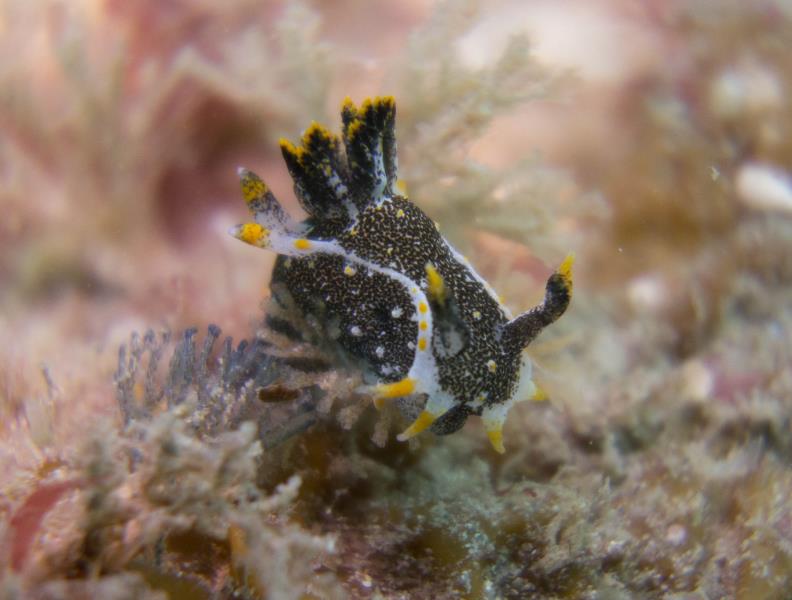 In both Melbourne and Adelaide are some excellent jetty dives. Portsea Pier in Weroona bay, Melbourne is home to a wonderful selection of macro life, like the Leafy Seadragon and Cleaner Shrimp. Situated in Adelaide, Rapid Bay Jetty is one of South Australia’s premier dive sites. Every Pylon of this old jetty is covered in marine life, like the Leafy Sea Dragon, nudibranchs, sponge crabs and stingrays. Cage diving with the Great White shark around the Neptune islands also leaves from Adelaide, or further west from Port Lincoln.
In both Melbourne and Adelaide are some excellent jetty dives. Portsea Pier in Weroona bay, Melbourne is home to a wonderful selection of macro life, like the Leafy Seadragon and Cleaner Shrimp. Situated in Adelaide, Rapid Bay Jetty is one of South Australia’s premier dive sites. Every Pylon of this old jetty is covered in marine life, like the Leafy Sea Dragon, nudibranchs, sponge crabs and stingrays. Cage diving with the Great White shark around the Neptune islands also leaves from Adelaide, or further west from Port Lincoln.
Diving Tasmania has some impressive Ginat Kelp forests, like at Munroe Bight, which can tower up to 20 meters high and shelter an interesting collection of marine life, including the Weedy Seadragon, Boxfish, Stingray and Octopus. Sister Rocks provide spectacular diving along steep walls overgrown with crustaceans and sponges, and attracting schooling fish.
Part 3: Dive Shops, Airports & Logistics of Diving in Australia
Cairns Airport is accessible from other cities in Australia and some selected cities in Asia. Great Barrier Reef diving can be arranged with Tusa Dive, a well-established Cairns dive centre that organizes day trips here. A liveaboard dive trip is recommended for divers wanting to explore a larger part of the Great Barrier Reef and dive more remote dive sites. Mike Ball Dive Expeditions offer such opportunities, plus expeditions that focus specifically on seeing sharks and whales. Pro Dive Cairns is an excellent 5 star PADI dive centre that offers high quality dive courses and diving on the Great Barrier Reef.
Diving Ningaloo Reef can be organized from Coral Bay or Exmouth. Ningaloo Reef Dive is a well-recommended dive center in Coral Bay that offers dive trips out on the Ningaloo Reef and specific trips to see Whale Sharks and Manta Rays. Exmouth Diving Center visits the Muiron Islands by boat as well as other Ningaloo Reef dive sites and whale shark tours. Further south, divers can explore Perth’s temperate waters and dive sites around Rottnest Island with Dolphin Dive center, located in Freemantle.
Rodney Fox, situated in Adelaide, offers multiple-day shark cage diving expeditions with the Great White at the Neptune islands. The tours have an emphasis on education and research. Local Adelaide diving is easily arranged with Adelaide Scuba, including a special Leafy Seadragon tour. In Melbourne, SSI training center Dive Experience is a good contact for all local diving needs. Scuttlebutt Scuba Charters is a trustable operator for Melbourne boat dives as well as rental gear and tank fills.
Sydney Diving is spread out between different coastal suburbs. Abyss Scuba Diving in Botany Bay is a well-stocked dive shop that has direct access to many good dive sites. Dive Center Bondi offers local diving in the relaxed surf town of Bondi Beach. For boat diving around Sydney, Pro Dive organizes two daily double-tank boat dives to the best of Sydney’s outlying dive sites.
Eagle Hawk Dive Center, situated on the Tasman Peninsula, offers divers a home-away-from-home in their divers lodge, and organizes dives to the best sites around Tasmania. For the more independent diver, Go Dive center in Hobart can help by supplying information and equipment to get started, and offers boat trips and courses as well.
Adapt or Die: Hybrid Sharks and Climate Change
---- Book Your Diving ----
Fill in the Form Below.
Our hand picked regional partners will deliver no obligation quotes.
Tweets by @DiveAdvisorApp
Top Dive Shops
Top Dive Sites
Reviews
Dive Logs
-
Mike Ballard Sunday, November 20, 2016
Mike Ball Dive Expeditions Half Way Wall - Osprey Reef view log
-
Lauren Hay Wednesday, January 13, 2016
Certifications Offered
-
Open Water Diver
Sail Ningaloo Pty Ltd , Lyndon -
PADI Scuba Diver
Sail Ningaloo Pty Ltd , Lyndon -
Boat Diver
Sail Ningaloo Pty Ltd , Lyndon
Marine Life
Dive Types & Activities
- Wreck Dive
- Training
- Reef Dive
- Underwater Photo & Video
- Boat Dive
- Beach Dive
- Drift Dive

